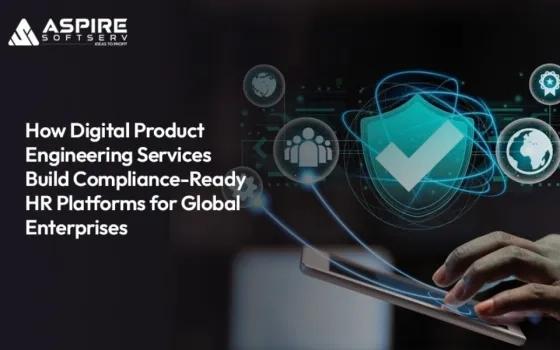
Global enterprises face mounting pressure to modernize their HR platforms while maintaining strict compliance across multiple jurisdictions. With GDPR fines averaging €15 million and SOC 2 audit failures costing $200,000+ per incident, building compliance-ready HR systems isn't optional—it's essential for business survival.
Digital product engineering services provide the expertise and architectural frameworks needed to transform legacy HR systems into modern, compliant platforms that scale globally while delivering measurable ROI.
The Compliance Challenge in HR Platform Development
Modern HR platforms must navigate complex regulatory requirements across different regions:
Data Privacy: GDPR, CCPA, and regional privacy laws require specific data handling protocols
Employment Law: Labor regulations vary significantly between countries and states
Security Standards: SOC 2, ISO 27001, and industry-specific compliance requirements
Accessibility: ADA compliance with over 4,000 lawsuits filed against HR vendors recently
Legacy HR systems built before these regulations existed create significant business risks through compliance gaps, manual processes, and outdated security frameworks.
Core Technical Architecture for Compliance-Ready HR Platforms
Digital product development services leverage proven architectural patterns to build HR platforms that meet global compliance requirements:
Microservices Architecture for Regulatory Agility
Event-driven microservices enable region-specific regulatory updates without affecting other system components:
Isolated Deployments: GDPR updates deploy to EU services while US payroll remains unchanged
Fault Tolerance: Service failures don't cascade across the platform
Compliance Modularity: Each regulation implements at the appropriate service level
API-First Integration Strategy
Modern HR platforms require seamless integration with existing enterprise systems while maintaining compliance:
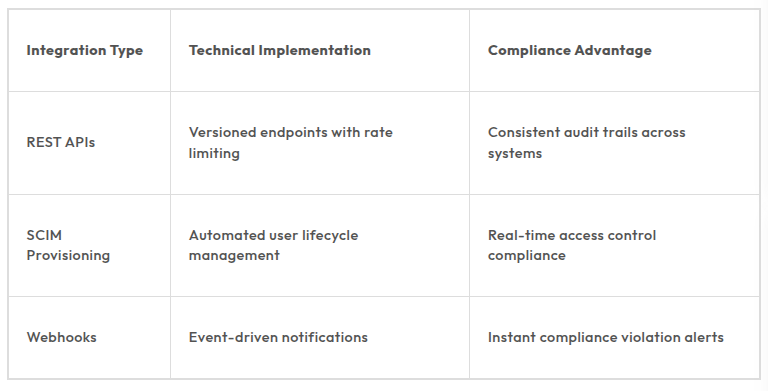
Secure Data Management
Multi-layered security architectures exceed regulatory baselines:
Data Residency: Geo-fenced databases ensure data sovereignty
Encryption: Row-level encryption with hardware security modules
Audit Infrastructure: Immutable logs with cryptographic signatures
Automated Compliance Workflow Implementation
Digital product engineering services build automated workflows that eliminate manual compliance risks:

This automated approach ensures:
Real-time Validation: Instant compliance checking for all data changes
Audit Trail Creation: Immutable logs for regulatory reporting
Multi-jurisdiction Support: Region-specific rule application
Key Implementation Requirements
Digital product engineering services focus on essential components for compliance-ready HR platforms:
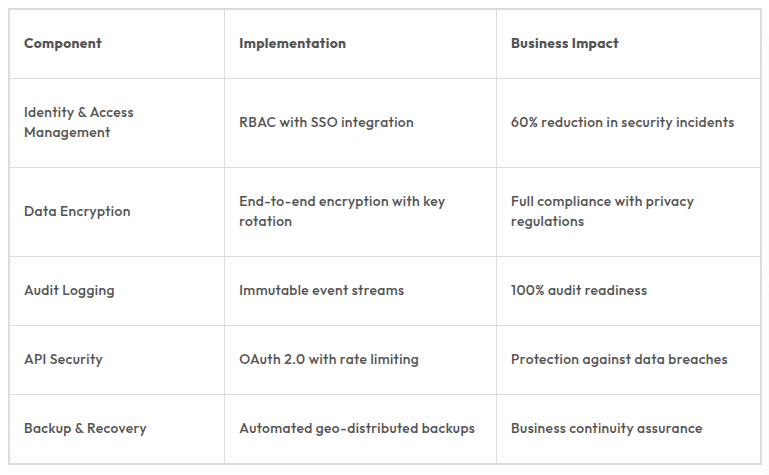
Scalability and Performance Optimization
Digital product engineering services architect HR platforms that maintain compliance standards while delivering optimal performance across global deployments:
Database Sharding Strategies: Horizontal database partitioning distributes employee data across multiple servers based on geographic regions and organizational structures. This approach ensures data residency compliance while maintaining query performance as employee populations scale from thousands to millions of users.
Caching Layer Implementation: Redis and Memcached systems reduce database load while maintaining data freshness for frequently accessed compliance-related information. Multi-tier caching strategies balance performance requirements with data consistency needs, ensuring real-time compliance checking doesn't impact system responsiveness.
Content Delivery Network (CDN) Integration: Geographically distributed CDNs serve static compliance documentation, policy updates, and training materials while respecting data sovereignty requirements. Smart routing algorithms direct users to compliant CDN nodes based on their location and data classification levels.
Load Balancing and Auto-Scaling: Kubernetes-based orchestration automatically scales HR platform components during peak usage periods such as annual performance reviews or open enrollment periods. These systems maintain compliance monitoring capabilities even during high-traffic scenarios, ensuring regulatory adherence never compromises due to system overload.
Global Deployment Considerations
Building HR platforms for global enterprises requires specific technical approaches:
Multi-Region Architecture: Kubernetes clusters in each operational region ensure data residency compliance while providing low-latency access
Localization Engine: Dynamic content translation and regional format adaptation built into the platform core
Regulatory Update Pipeline: Automated monitoring of legislative changes with rapid deployment capabilities
Advanced Security Framework Implementation
Compliance-ready HR platforms require sophisticated security architectures that protect sensitive employee data while enabling global accessibility:
Zero-Trust Network Architecture: Every system component validates identity and authorization before data access, eliminating implicit trust relationships that create security vulnerabilities. This approach reduces breach impact by 80% through micro-segmentation and continuous verification protocols.
Privileged Access Management: Role-based access controls with just-in-time elevation ensure employees access only required data for specific tasks. Advanced PAM systems maintain detailed session recordings and automated access reviews that support compliance auditing while preventing unauthorized data exposure.
Cryptographic Key Management: Hardware security modules manage encryption keys across all platform components, providing tamper-resistant key storage and automated rotation schedules. This infrastructure supports end-to-end encryption for data at rest, in transit, and in processing states.
Data Governance and Quality Assurance
Effective compliance requires robust data governance frameworks that ensure information accuracy, completeness, and regulatory alignment:
Master Data Management: Centralized employee data repositories eliminate inconsistencies across HR systems while providing single sources of truth for compliance reporting. These systems automatically validate data integrity and flag discrepancies requiring immediate attention.
Data Classification Engines: Automated systems categorize employee information based on sensitivity levels, regulatory requirements, and access controls. This classification drives encryption policies, retention schedules, and audit requirements that ensure appropriate data handling throughout the employee lifecycle.
Quality Monitoring Systems: Continuous data quality assessments identify and correct issues such as incomplete records, format inconsistencies, and regulatory compliance gaps. These systems maintain data quality scores above 95% while generating automated reports for compliance verification.
Technical Implementation Outcomes
Organizations implementing these architectural approaches for compliance-ready HR platforms typically achieve:
95% Reduction in manual compliance processes through automation
70% Faster regulatory update deployment via microservices architecture
Streamlined audit preparation through immutable logging systems
Proactive compliance monitoring preventing regulatory violations
99.9% Platform uptime through fault-tolerant system design
Implementation Strategy
Successful HR platform modernization follows a structured approach:
Assessment Phase: Evaluate current systems and compliance gaps
Architecture Design: Create scalable, compliance-ready technical foundation
Phased Development: Implement core compliance features first
Integration Testing: Ensure seamless connection with existing systems
Compliance Validation: Verify adherence to all regulatory requirements
Deployment & Monitoring: Launch with continuous compliance monitoring
DevOps and Continuous Compliance
Modern HR platform development requires DevOps practices specifically adapted for regulatory environments:
Compliance-Driven CI/CD Pipelines: Automated testing frameworks validate regulatory requirements at every code commit, including data privacy checks, access control verification, and audit log generation. These pipelines prevent non-compliant code from reaching production environments while maintaining development velocity.
Infrastructure as Code (IaC): Terraform and CloudFormation templates define compliance-ready infrastructure configurations that automatically implement security policies, network segmentation, and monitoring requirements. IaC ensures consistent compliance posture across development, staging, and production environments.
Automated Security Scanning: Container image scanning, dependency vulnerability assessment, and static code analysis tools identify security issues before deployment. These tools integrate directly into development workflows, providing immediate feedback on compliance risks while maintaining detailed security reports for audit purposes.
Blue-Green Deployment Strategies: Zero-downtime deployment approaches ensure HR platform availability during critical business periods such as payroll processing and performance reviews. These strategies include automated rollback capabilities that maintain system stability while preserving compliance audit trails throughout deployment cycles.
Conclusion
Building compliance-ready HR platforms for global enterprises requires specialized expertise that combines regulatory knowledge, architectural design, and implementation experience. Digital product engineering services provide this critical expertise, transforming HR systems from compliance risks into strategic business assets.
Through microservices architecture, automated compliance workflows, and intelligent policy engines, these platforms deliver measurable returns: 95% reduction in manual compliance processes, 70% faster regulatory updates, and $2M+ annual savings in audit costs. More importantly, they provide the foundation for global expansion without compliance constraints.
Organizations that invest in modern, compliance-ready HR platforms gain competitive advantages that extend far beyond risk mitigation, positioning themselves for success in an increasingly complex regulatory environment.
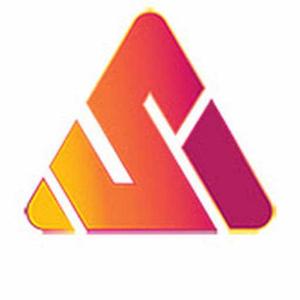


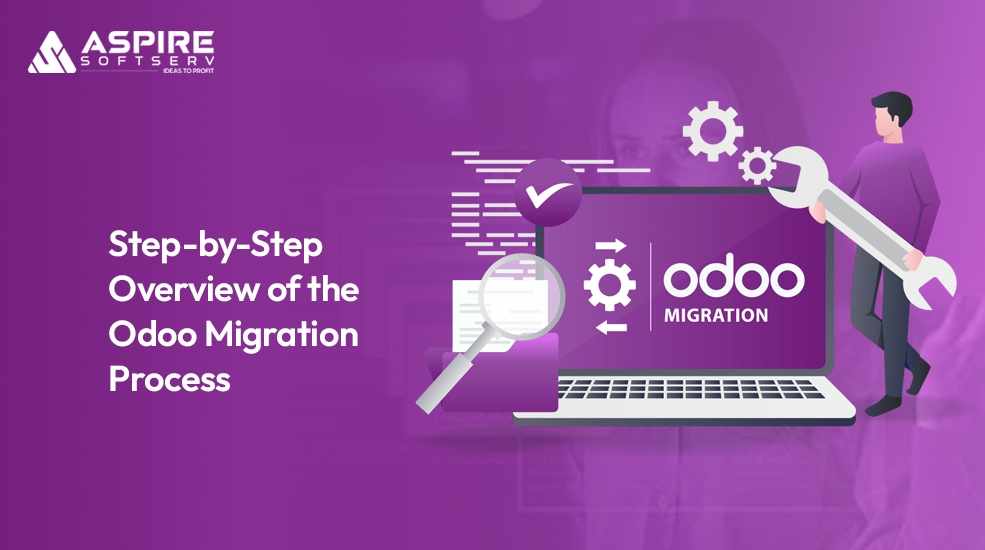


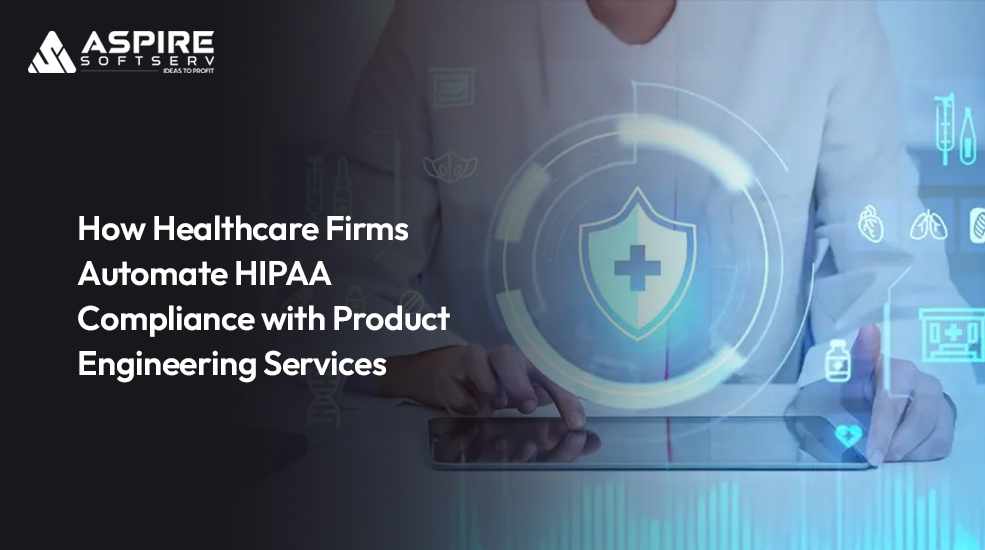


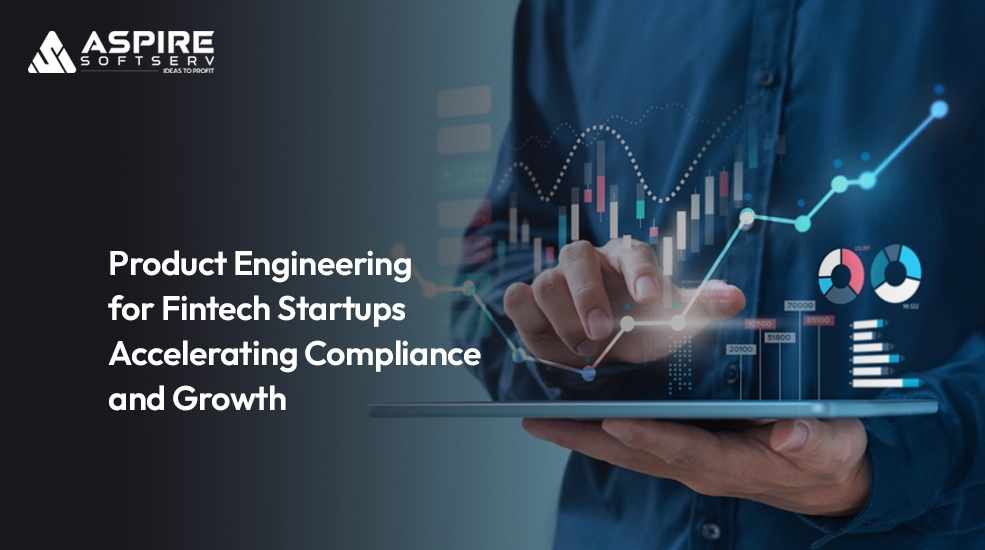
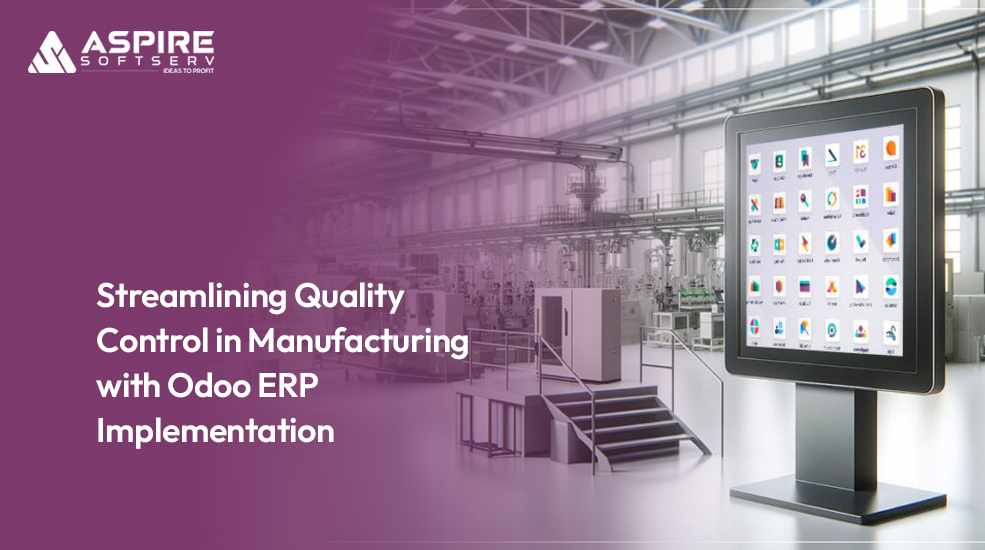

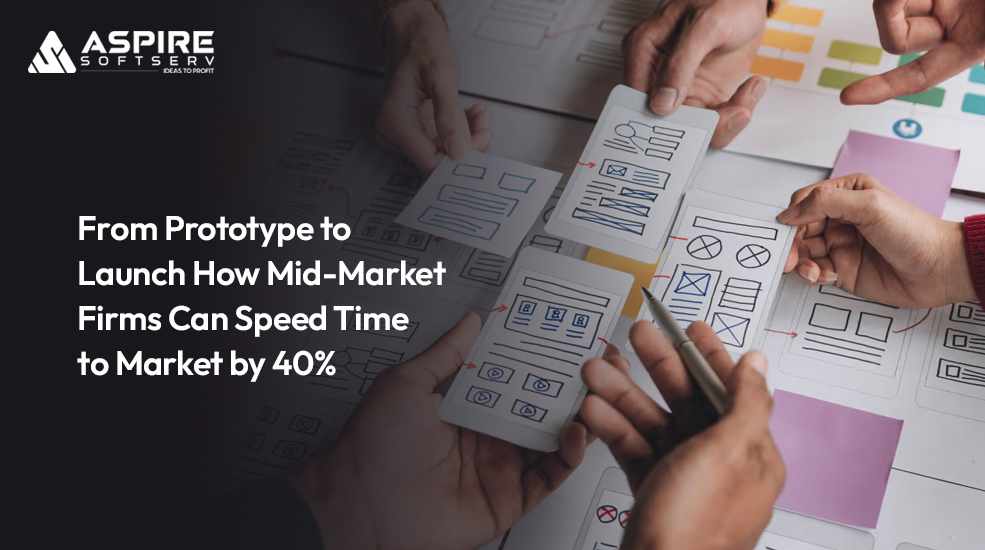
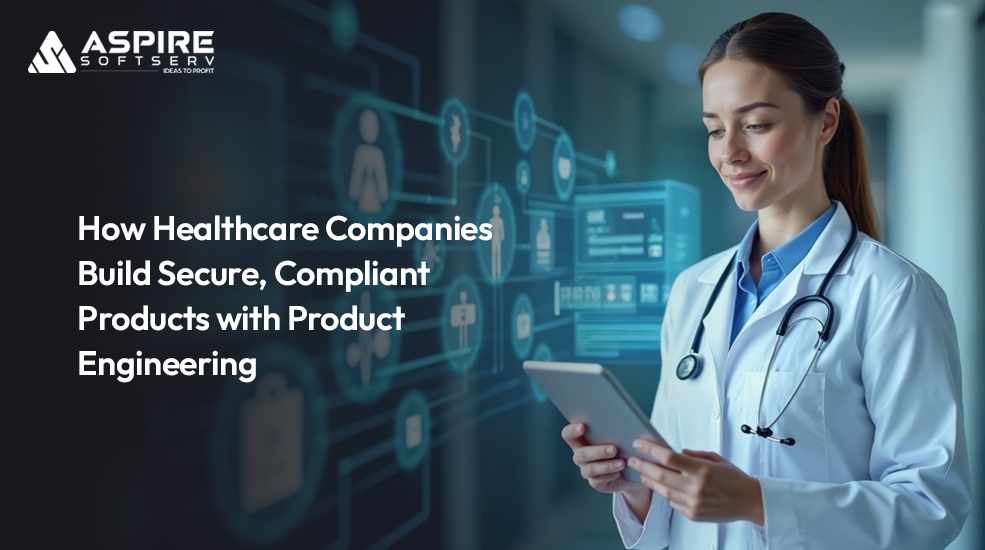



Write a comment ...